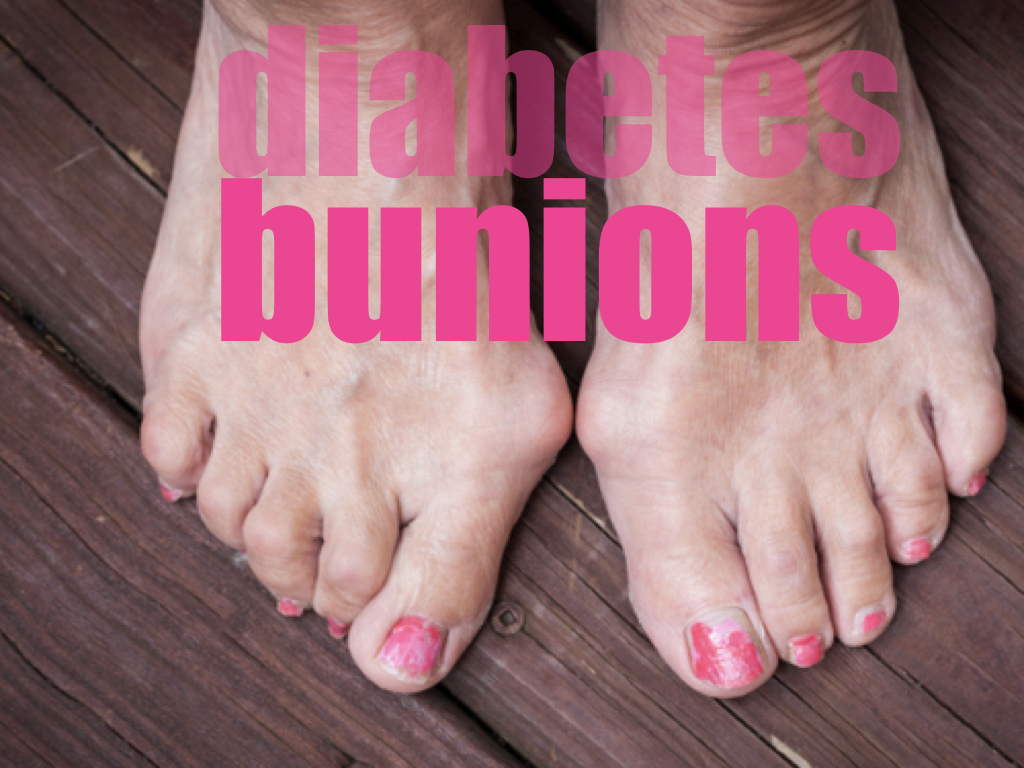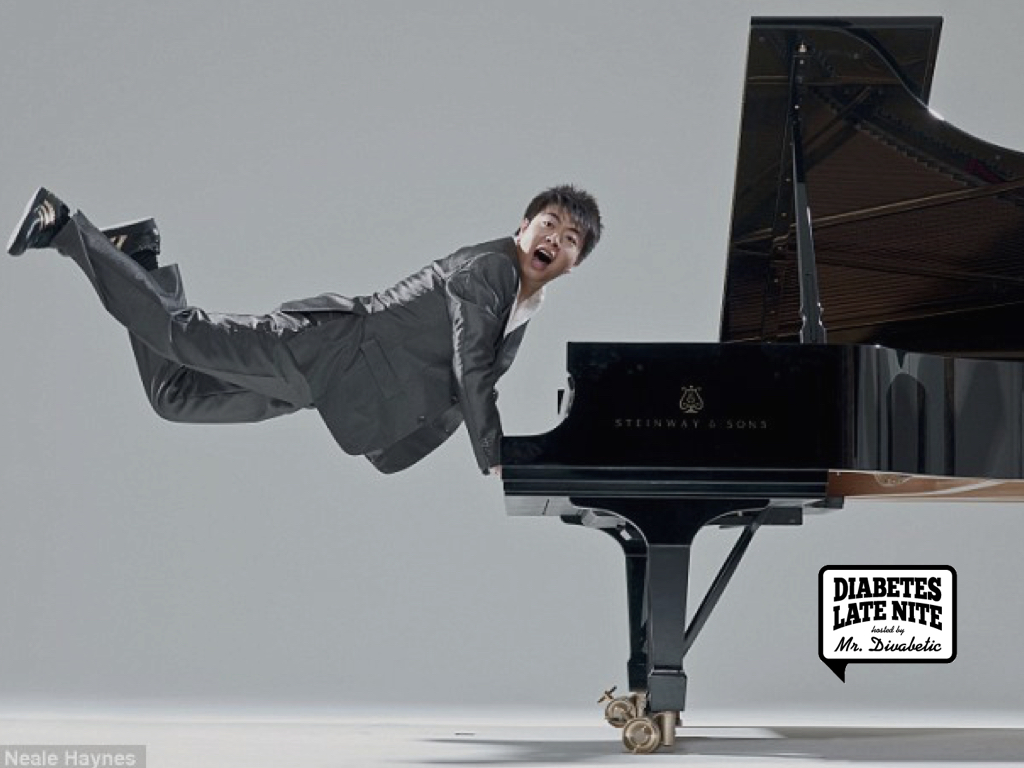We get it—you want to put your best foot forward with Summer approaching. But pampering and pretty polish might not be worth the price for someone living with diabetes.
Too often poor sanitation practices, shared tools, and the work of overzealous nail technicians can result in skin injuries or infections even prior to the panepidemic.

For someone living with diabetes, an infection can raise blood sugar levels, which, in turn, can increase the risk of serious complications like ulcers or even amputation.
If you choose to go to a nail salon, you should invest in your own nail kit and bring it with you. Let your nail technician know you’re living with diabetes before your mani or pedi begins.
After your mani or pedi is finished, keep an eye on your hands, feet and legs for any signs of redness or infection. If you notice anything unusual, call your doctor right away.
New York State Equipment Requirements for Nail Salons Reopening In June 2020
As of June 15, 2015, nail salons must maintain the following equipment at each workstation and provide it to workers, upon request, and at no cost:
- A properly fitted N-95 or N-100 respirator, approved by the National Institute for Occupational Safety and Health, for each individual who uses the workstation. All workers must have access to and be allowed to use these respirators when buffing or filing nails or when using acrylic powder.
- Protective gloves made of nitrile, or another similar non-permeable material for workers with a sensitivity to nitrile gloves. You must have a sufficient number of gloves available so that each nail technician has access to and is allowed to use a new pair of gloves for each customer. All workers must wear gloves when handling potentially hazardous chemicals or waste and during cleanup, or when performing any nail service that has a risk of breaking the customer’s skin.
- Protective eye equipment. All workers must have access to and be allowed to wear eye protection when preparing, transferring or pouring potentially hazardous chemicals.
A list of potentially hazardous chemicals commonly found in nail salons can be accessed here.
Dr. Michele Summers Colon known as ‘The Holistic Podiatrist’ shares the healthiest height and style for stilettos, a common dilemma women with diabetes, on April’s Diabetes Late Nite podcast.






